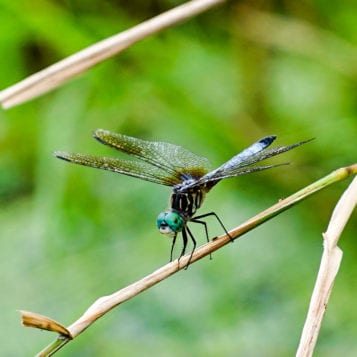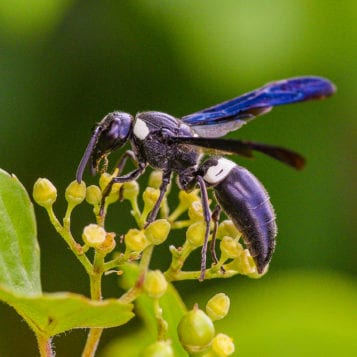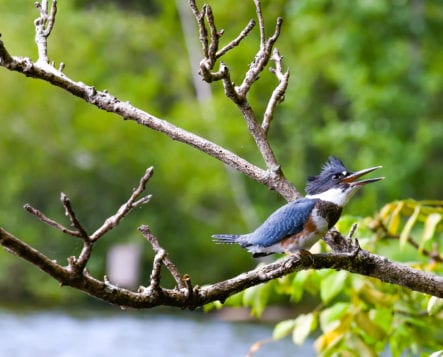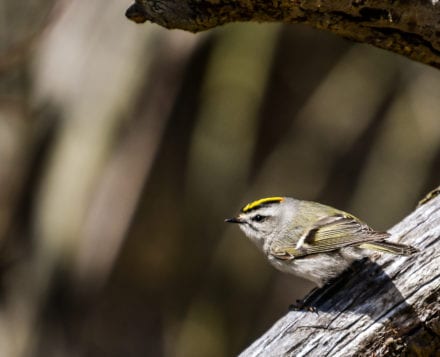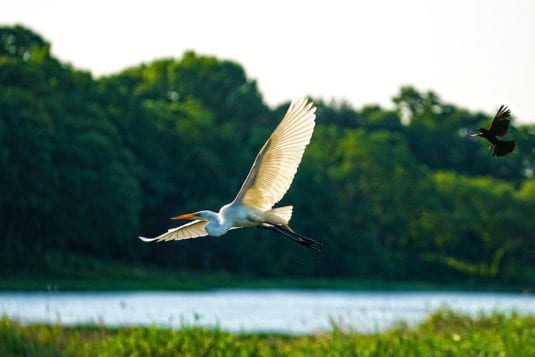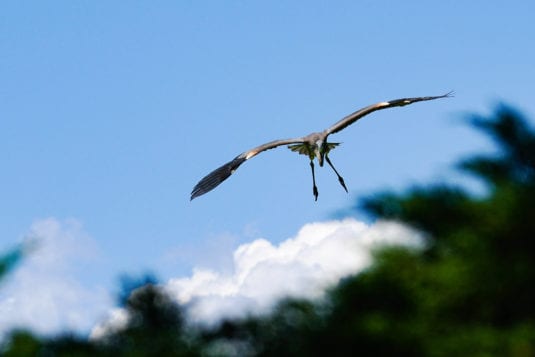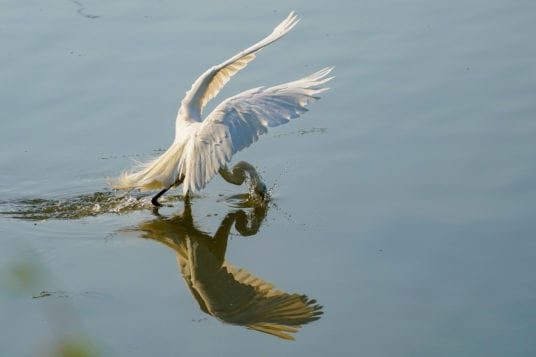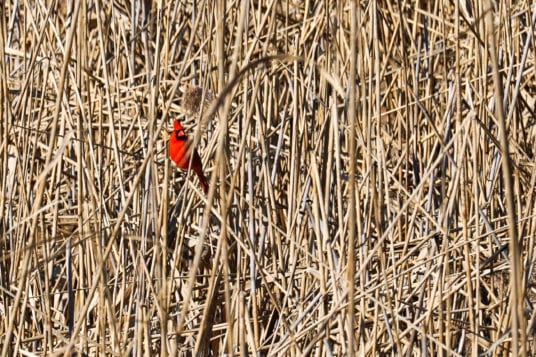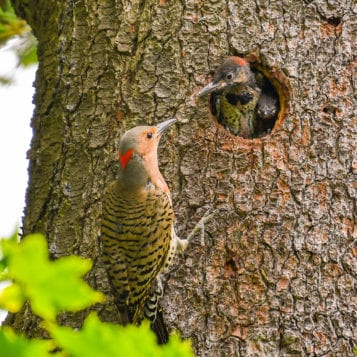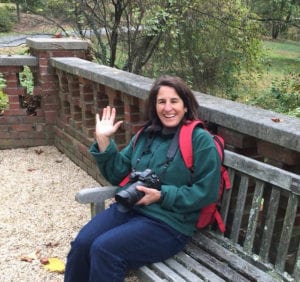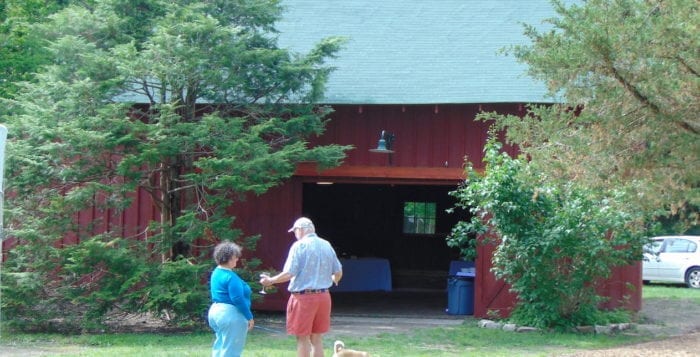By Donna Newman
Lise and Steve Hintze have been caring, contributing, active members of the Three Villages for more than two decades. They are both generous givers, willing to share their energy and talents for the benefit of the community. It is with gratitude that we honor them as 2019 TBR News Media People of the Year.
Residents who frequent the Frank Melville Memorial Park in Setauket may or may not know of the Hintzes’ efforts to keep improving and growing this valuable community venue.

Steve Hintze has been a Frank Melville Memorial Foundation trustee since 2008. He served several terms on the board as secretary. At present, he chairs the Park’s Building and Grounds Committee.
“Steve has brought a firefighter’s grit, an MBA, and a wealth of knowledge of all aspects of building and site design to the role,” said FMMF President Robert Reuter. “He also brings an admirable collection of professional-grade tools, and he’s not afraid to get his hands dirty. Steve is always an absolute pleasure to work with and he knows how to complete a project to the high standard for which the park is known.”
His projects have included park lighting, the mill restoration, which is now in progress, and assisting Eagle Scout candidates with their endeavors for park enhancement.
Lise Hintze was recruited to join the park’s staff in 2011 in the dual role of office manager and director of the Bates House. Regular visitors know her as the friendly face of the Frank Melville Memorial Park. Her finger is always on its pulse, and she is ever on the lookout for potential improvements.
“The quintessential office manager, Lise efficiently handles park business,” Reuter said. “As director of the Bates House, she works with demanding brides and anxious grooms on wedding weekends — and then manages all manner of programs during the week. The full schedule of special events and gatherings keeps her on call, but her thorough planning makes it all look easy. A pioneer in social media reporting, Lise has enabled the park to keep Friends informed via a website.”
Lise Hintze has been described as a “Saint on Earth” and a “Super Hero” by folks who know her but wished to remain anonymous. They see her as “the height of humanity” always ready to help. Her credo: “What does anybody — or any animal — need that I can give them?” It is an attribute reportedly shared by her husband.
Steve Healy, president of the Three Village Historical Society, is happy to add his voice to those impressed with Lise Hintze’s abilities.
“Her work at the Frank Melville Park — between the Bates House and the Grist Mill and the growth in the park has been fabulous,” Healy said. “She synergizes the park with the community, is admired for her efforts and she does a great job taking the park to new levels.”
Lise Hintze does not let her job description limit her. If it’s happening in the park, it’s on her radar. Among her many contributions outside of official duties include the Wind Down Sunday outdoor concerts, begun with Katherine Downs and others and an ambitious schedule of three concerts. The park now offers nine. She has, when needed, instigated wildlife rescues. When drug abuse cropped up in the park a few years ago, she took a pragmatic stance and turned a potential security issue into an educational opportunity.
Suffolk County Legislator Kara Hahn (D-Setauket) lauded — and also joined in — that effort.
“Lise has a keen eye for what’s needed in the area,” Hahn said. “The opiate group she helped create in the fall of 2017 brought in speakers and provided a place for parents and students to openly and without judgment discuss the opioid crisis they were witnessing firsthand. It was a critical step for our community.”
The creation of this parent group was most likely the impetus for the Three Village school district’s hiring of a dedicated drug and alcohol abuse counselor, who began serving students and their families the following fall.
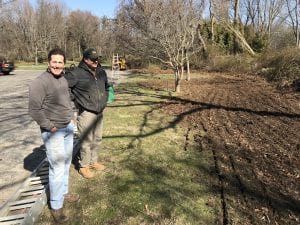
These efforts alone would suffice to warrant community kudos, but there’s more.
Steve Hintze is still heavily involved with the Three Village Historical Society. A past president, he is currently the organization’s grants administrator and is busy gathering the resources to reconstruct the historic Dominick-Crawford Barn on TVHS property in Setauket.
Sandy White, office manager at TVHS had nothing but praise for her former boss.
“Steve was the president when I started working at TVHS. He hired me,” White said. “And to this day he is always there to help — willing to do anything. He’s working now with Steve Healy on the grants for the barn and comes into the office as often as he can. Willing to help anyone with everything, Steve tries to make a difference in everything he does.”
Healy and Hintze, who knew each other as firefighters in New York City before they became active in Three Village nonprofits, apparently share many of the same values. Healy has great respect for his colleague’s vast knowledge and willingness to share it.
“Steve is one of the people I have on speed dial,” Healy said. “When I call I know I’ll get a ‘Yes.’”
“If there’s ever a problem, he doesn’t just give me his input, he’ll roll up his sleeves and get involved in the solution. He’s a special breed with excellent leadership skills and creative ideas. The TVHS is blessed to get someone of his caliber and work ethic.”
Hahn completely agrees.
“Steve Hintze is a pillar of the community and a local hero,” Hahn said. “He contributes so much in real and tangible ways. His calming presence is valuable. He knows how to deal with people, how to motivate them, and how to find solutions, and he is always willing to do what’s necessary.”
There is general consensus with Reuter’s final assessment of these two exceptional individuals.
“They are remarkably modest people and would insist that what they do is nothing special,” Reuter said. “But they are, in fact – something special.”

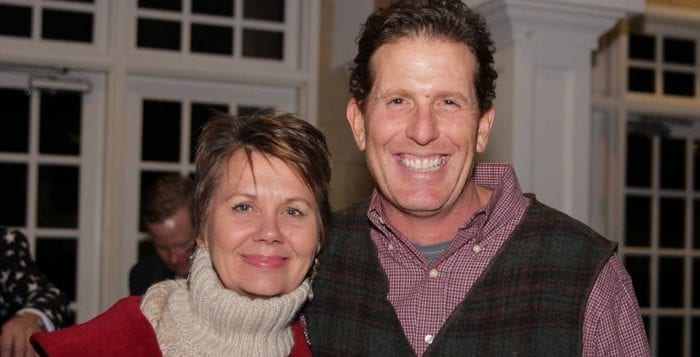

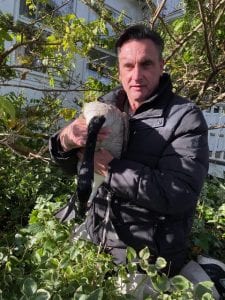
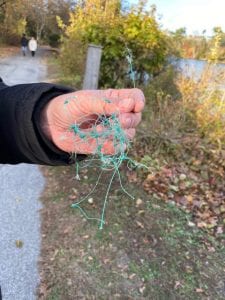 A disaster averted, the goose was able to fly off, a bit stressed and tired from its efforts, but in good condition.
A disaster averted, the goose was able to fly off, a bit stressed and tired from its efforts, but in good condition.
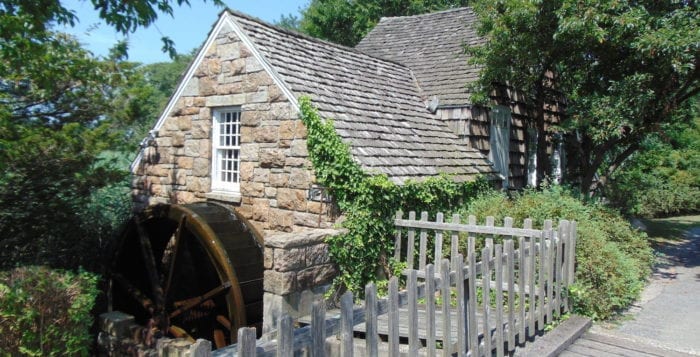
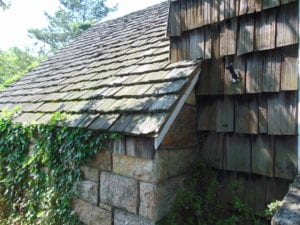
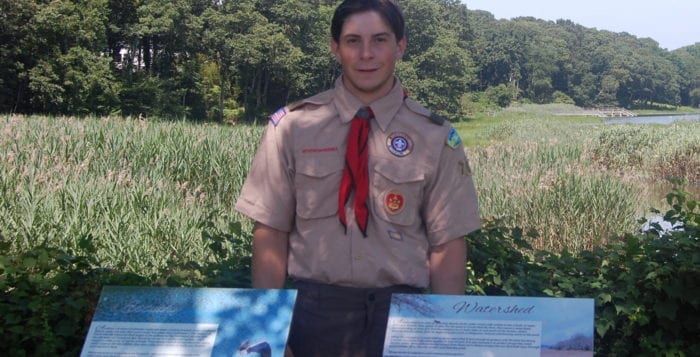
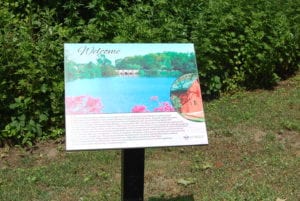
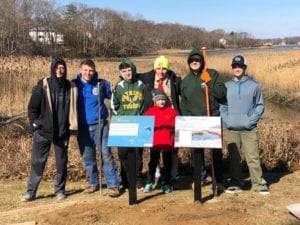
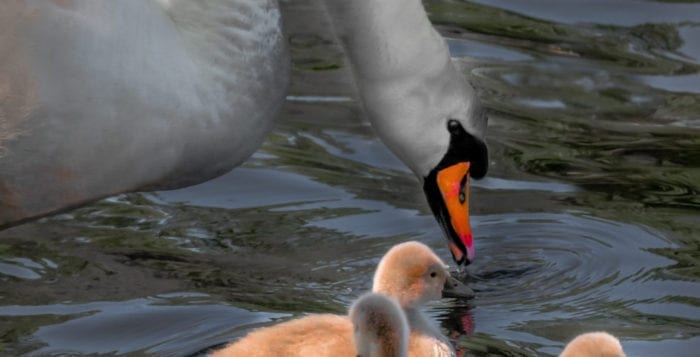
 SAFEGUARD
SAFEGUARD







